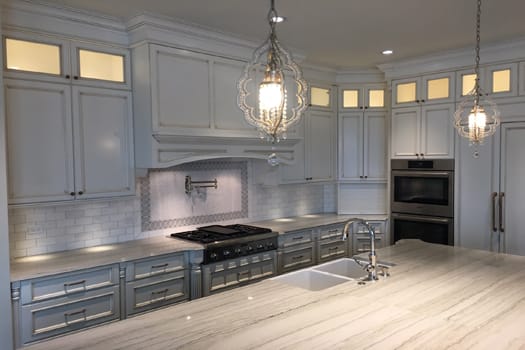
It is interesting to know what are the benefits of enticing customers in choosing quartzite over granite and quartz. To unlock this mystery, here are some of the important benefits you can get from having a quartzite countertop.





FLASH SALE
LIMITED TIME!
5% OFF